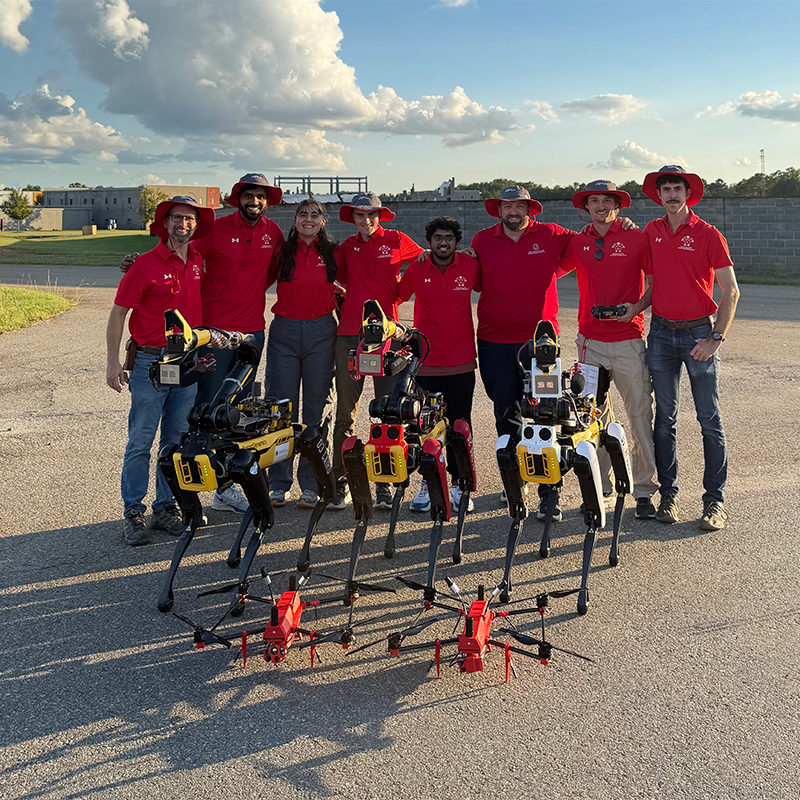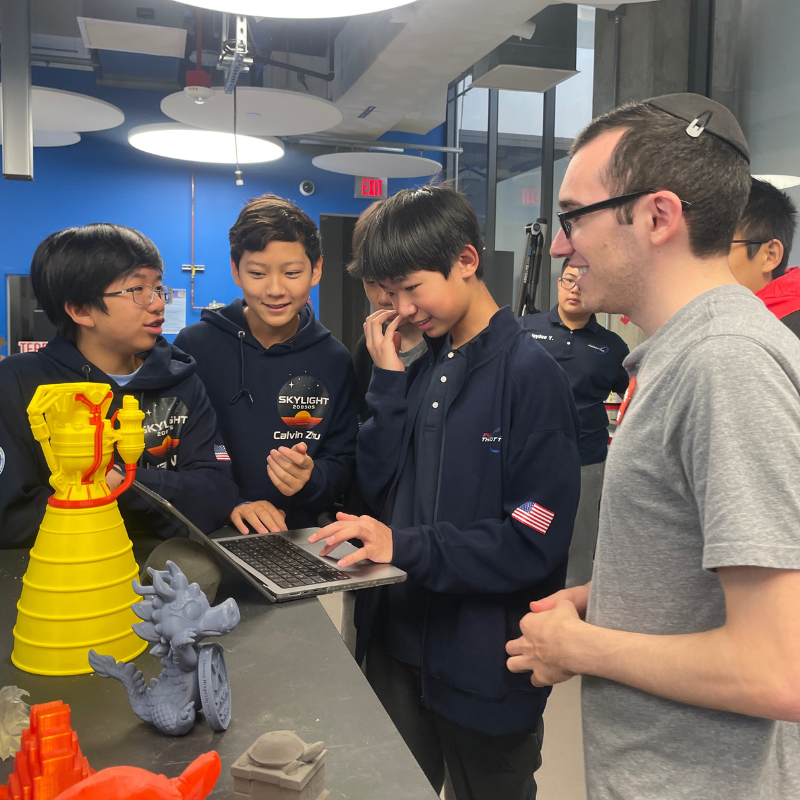News Story
Shamma, Horiuchi, Baras, Krishnaprasad, Moss awarded acoustic sensors contract
Professor Shihab Shamma (ECE/ISR), Assistant Professor Timothy Horiuchi (ECE/ISR), Professor John S. Baras (ECE/ISR), Professor P.S. Krishnaprasad (href="http://www.ece.umd.edu/">ECE/ISR) and Professor Cynthia Moss (Psychology/ISR), are part of a $ 2.2 million, three-year Defense Advanced Research Projects Agency (DARPA) contract for "Intelligent and Noise-Robust Interfaces for MEMS Acoustic Sensors." The goal of this contract is to formulate, design, and implement signal processing systems and technology that can adapt, control and utilize the noisy MEMS sensor signals.
The University of Maryland faculty are part of a research group that includes Johns Hopkins University, the University of Sydney (Australia), and Signal Systems Corp. (Severna Park, MD). The project is part of DARPA's Air-Coupled Acoustic Microsensor Technology program.
Project details
Air-coupled acoustic MEMS offer exciting opportunities for a wide range of applications for robust sound detection, analysis, and recognition in noisy environments. The most important advance these sensors offer is the potential for fabricating and utilizing miniature, low-power, and intelligent sensor elements and arrays. In particular, MEMS make it possible for the first time to conceive of applications which employ arrays of interacting micro-sensors, creating in effect spatially distributed sensory fields. To achieve this potential, however, it is essential that these sensors be coupled to signal conditioning and processing circuitry that can tolerate their inherent noise and environmental sensitivity without sacrificing the unique advantages of compactness and efficiency.
The fundamental challenge that we address in this proposal, one that is critical to any real application of MEMS sensors, is how to formulate, design, and implement signal processing systems and technology that can adapt, control, and utilize the noisy MEMS sensor signals.
More specifically, we will focus our technology transition efforts on developing a smart microphone, suitable for outdoor acoustic surveillance on robotic vehicles. This smart microphone will incorporate MEMS sensors for acoustic sensing, wind noise flow turbulence sensing, platform vibration sensing, and a VLSI-based (analog very large scale integration) adaptive noise-reduction circuitry.
These intelligent and noise robust interface capabilities will enable a new class of small, effective air-coupled surveillance sensors. These sensor interfaces and noise reduction circuits will be small enough to be mounted on future robots. Our interfaces will consume less power than current systems. By including silicon cochlea based detection, classification and localization processing, these sensors can perform end-to-end acoustic surveillance. The resulting smart microphone technology will be very power efficient, enabling a networked array of autonomous sensors that can be air-dropped, integrated onto miniaturized robots, or deployed by hand.
We envision such a sensory processing system to be fully integrated with sophisticated capabilities beyond the passive sound reception of typical microphones. Smart MEMS sensors may possess a wide range of intelligent capabilities depending on the specific application, e.g., they may simply extract and transmit elementary acoustic features (sound loudness, pitch, or location), or learn and perform high-level decisions and recognition.
To achieve these goals, we propose to develop and utilize novel technologies that can perform these functions robustly, inexpensively, and at extremely low power. An equally important innovation will be the formulation of algorithms that are intrinsically matched to the characteristic strengths and weaknesses of the technology. These theoretical and technological innovations are fully intertwined in our proposed research program, and we believe that both approaches must be developed simultaneously so as to achieve truly functional and well-integrated smart sensory systems that exploit the exciting potential of acoustic MEMS sensors.
The fundamental innovative thrust of our work focuses on the development of biomimetic auditory interfaces and algorithms, and their implementations an analog or hybrid analog-digital VLSI circuits.
Published April 10, 2000









